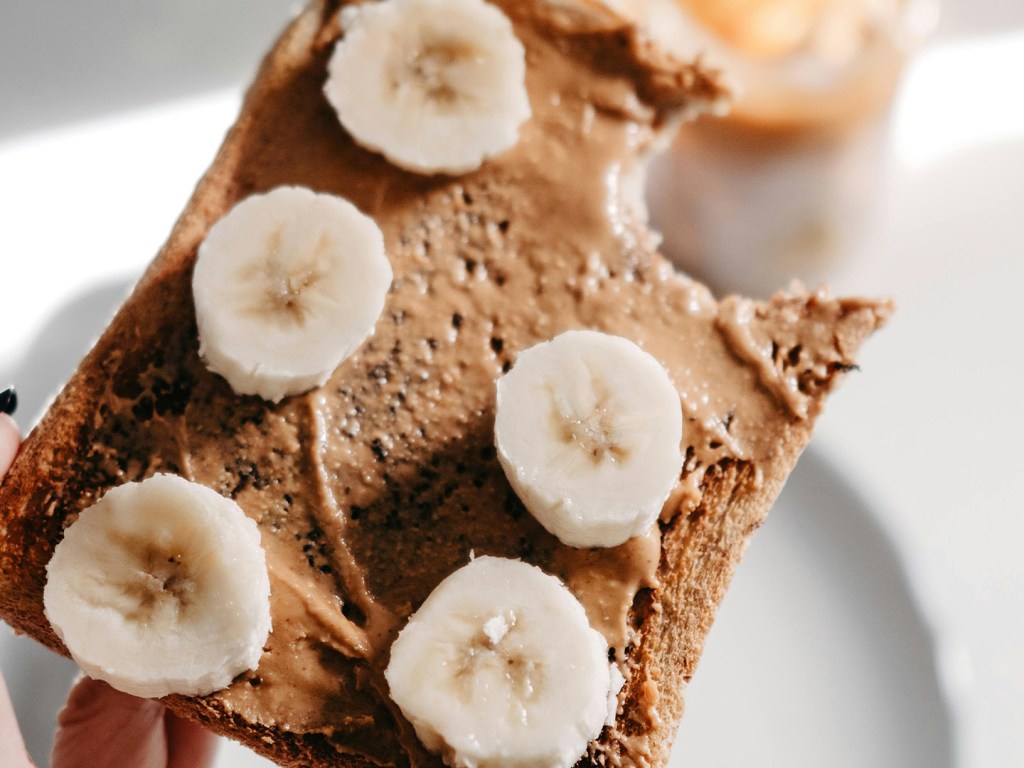Do you sleep like the top tax bracket?
Can you sleep your way to success?
Lifestyle
Don't miss out on the headlines from Lifestyle. Followed categories will be added to My News.
The sleeping stats of the top ten per cent of earners have been revealed. Can you set yourself up for success in your sleep?
Many of us have investigated what the best sleeping position is to maximise the quality of our rest and boost physical health, but what about to set us up for success?
Bed Slats’ sleep experts surveyed over 5000 working professionals on how they sleep to try to find out if your sleep contributes to your brilliance in the boardroom – and it turns out the high earners are sleeping differently to the rest of us.
Sleeping positions
But first, a bit of a brush-up on your sleep position vocab:
Fetal position: On your side, curled up in a ball with your knees tucked up to your chest.
Pillow hugger: On your side while hugging a pillow.
Freefall: On your stomach with your arms up around your head.
Thinker: Similar to the foetal position, except your hand is tucked up under your chin.
Soldier: On your back with your arms down at your sides.
Starfish: On your back with your arms and legs stretched out.
Stargazer: On your back with your arms folded under your head.
Log: On your side with your body straight and arms down.

The most common sleeping positions
Unsurprisingly, the fetal position was the most common sleeping position among respondents, with 29 per cent curling up to doze off.
Pillow hugger ranked second with 24 per cent of respondents needing something to cuddle when sleeping, followed by the freefall, thinker and soldier.
But which exactly led to a higher salary?
Sleeping positions of the top earners
The data showed respondents in the top 10 per cent income bracket are sleeping in vastly different positions.
29 per cent said they sleep in the freefall position, 23 per cent in the soldier position, and only 21 per cent in the fetal position.

Psychic and body language expert Inbaal Honigman said this shows high earners are clearly more confident than the average Joe.
“The most common sleep positions are both quite protective - the introverted fetal position, where people curl up to shield themselves, and the cuddly pillow hugger position where sleepers wrap themselves around their pillow (or partner) for comfort and security.
"However, when we look at the sleep habits of high earners, there’s a stark contrast. The two most common sleep positions among high earners are far more exposed and unprotected - the freefall position, with limbs sprawled, tummy down and the back fully exposed; and the soldier position, lying flat with arms straight by the sides and tummy up.”
So what does this tell us? “High earners are natural risk-takers," says Honigman. "They leap first and ask questions later, while the majority of the population tends to be more cautious. The top earners, quite simply, are made up of more fearless individuals.”

Time asleep
Not only are the top 10 per centers sleeping sleeping more fearlessly than the rest of us, they’re also sleeping for longer.
The highest earners slept for an average of 6 hours and 58 minutes a night, while lower earning employees got 22 minutes less rest, averaging 6 hours and 36 minutes of nightly shut eye.
Those with higher incomes still woke up earlier than the average worker though, starting their days at around 6:42 am, compared to the most common 7:06 am wakeup.
So if you’re wondering how to get a pay rise in the new year – maybe you should start with changing how you sleep.
More Coverage
Originally published as Do you sleep like the top tax bracket?





